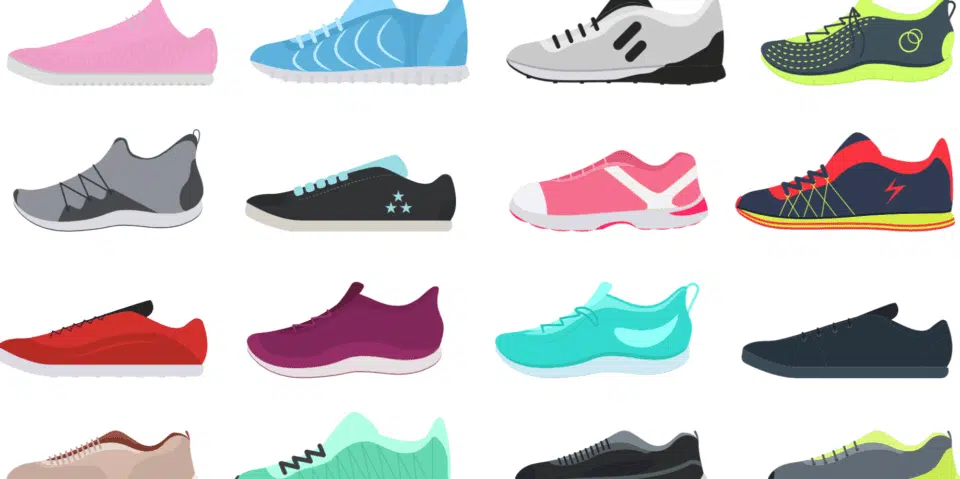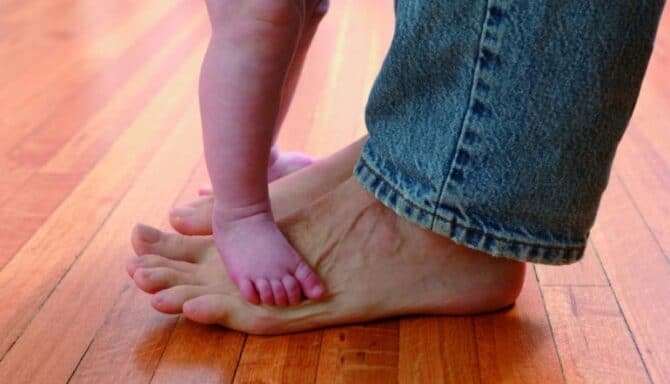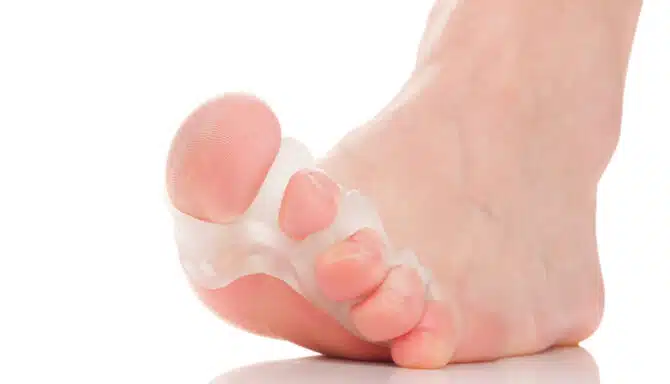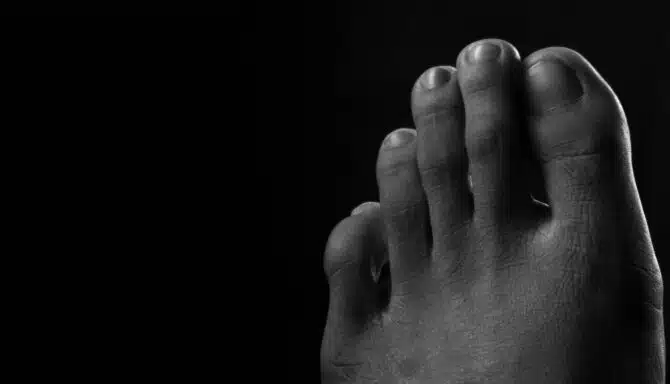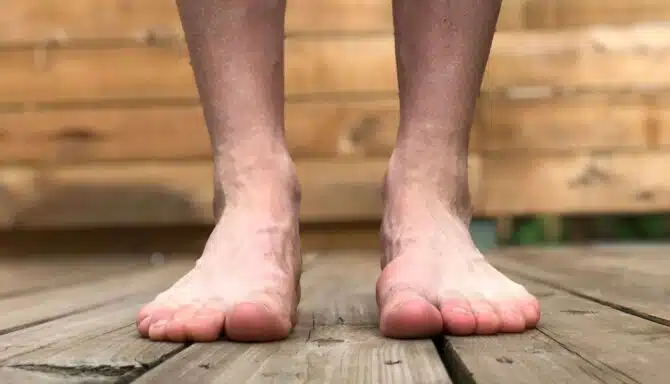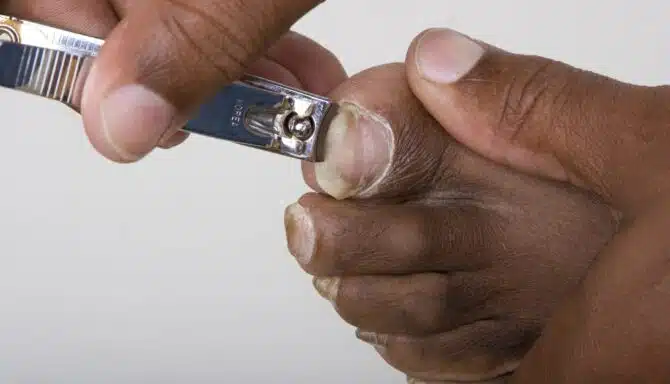Our feet are what hold us up — every single day! Whether it’s at work for 8 hours or more, or during our morning exercise routine, healthy feet are essential for many of our daily activities. Therefore, you should invest in your foot health. Improper footwear can lead to various foot conditions, so you’re better off ditching those bad shoes and looking for the perfect fit. Knowing the shoe for you is important, but narrowing them down based on your specific foot type can be challenging. To help educate you on the differences, we will break down the 3 most common types of footwear. Keep in mind, we’re not talking about high heels, sneakers, etc. We’re specifically breaking down the 3 types of footwear based on their structural characteristics and how they will compliment your feet.
Importance of Knowing Your Arch Mechanics
It’s important to learn the structure of your feet, specifically your arch, as it provides some hints as to what the best shoe might be for you. A simple test, called the Wet test, will help determine your arch type.
The wet test process:
- Dipping the soles of your feet into water.
- Stand on a piece of paper.
- When you step off, you should see an imprint of your foot which will show you your arch type.
Seeing half of your arch (the middle portion of your foot) indicates a normal arch, while seeing the majority of your arch on the paper indicates you have flat feet (or a low arch). Conversely, seeing minimal arch indicates a high arch. Now that we know this, we can look into the 3 types of footwear.
3 Main Types of Footwear are:
- Motion Control
- Stability
- Neutral
Motion Control
Typically, those with Flat feet can benefit from motion control footwear, as motion control footwear is the most supportive and corrective. To help with overpronation (when your foot rolls too far inward), motion control footwear have medial support built into the midsole to help limit the damage and wear to the inner portion of your shoe. By having medial support, the shoe will stop the inward rolling of your gait, and in theory, can help lessen the chances of a foot injury. Motion control shoes can also feature a stiff heel, firmer cushioning, and overall less flexibility through the midsole.
Common examples of motion control footwear include the Saucony Stabil CS3 and the Asics Gel Foundation.
It’s important to note that the amount of cushioning is not necessarily an indicator of the type of shoe, but rather it’s a combination of medial features, stiff plastic, and other factors. Cushioning can also be stiff, or soft, depending on the denseness and type of foam.
Stability
Normal, flat and low arches are better suited for stability footwear. Mild pronators, or heavier-set runners, should consider stability footwear. The shoe doesn’t have as much support as a motion control shoe, but more than neutral footwear. Stability footwear often features extra support (called a medial post) on the inner side of the shoe side to prevent arch collapse, but is not as rigid as motion control footwear.
Stability and motion control shoes serve the same purpose: to prevent excessive lateral movement for your foot. The main difference is that stability shoes are a simplified version of motion control shoes. They are also a nice medium between having support under your arch and being too supportive (and heavy). Stability aims to correct mild overpronation, while motion control shoes are designed to lessen the impact of extreme overpronation.
Common lines of stability footwear include the Saucony Guide and the Asics Gel Kayano.
Neutral
As the name implies, neutral cushioned shoes do not have medial support or features within the midsole. With neutral shoes, there is simply cushioning, and no wedges or stiff plastic support along the arch. This can prevent any sort of under or overcompensation when walking or running. Overall, the structure of the shoe is relatively symmetrical.
Regular pronators and supinators (when your foot fails to roll inwards and applies pressure to your outer foot) should consider using neutral shoes because any stability features would be moot. Common examples of neutral shoes are the Asics Cumulus, and the Saucony Ride.
Ultimately, and as The Mayo Clinic notes, “there is no one best shoe or a particular foot type, and comfort and proper fit should be the main criteria you use when selecting new athletic shoes.”
Now that you’re aware of the 3 types of footwear, you can asses your needs and make the right footwear choices!
Are you Looking for the Perfect Fit? Your Solutions Live Here!
You can have your Gait analyzed, Feet properly measured, or see if Custom orthotics are right for you — all under one roof! Our team is trained to handle any and all your foot needs. Contact us to ask about actionable steps towards your solution today!
Call us at 416-769-FEET (3338) or Book Your Assessment Today!
